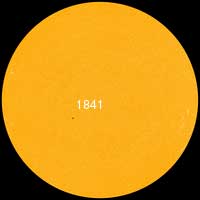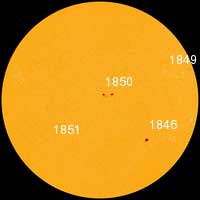“The expectations of most solar astronomers is that if we do go
into a Maunder Minimum (type event), it might momentarily slow
the warming of Earth, but it’s not going to make a little ice age.”
- David Hathaway, NASA Solar Physicist, Huntsville, Alabama


September 27, 2013 Huntsville, Alabama - Two years ago in the third week of October 2011, solar physicists gathered in Sunspot, New Mexico, for a workshop to figure out what is happening in our sun. At the time, the sun had gone nearly three years without sunspots leading into current Solar Cycle 24. Solar physicists were asking if the sun is winding down into what is called a Grand Minimum where for the next several decades the sun would not have sunspots.
Click here to subscribe and get instant access to read this report.
Click here to check your existing subscription status.
Existing members, login below:
© 1998 - 2024 by Linda Moulton Howe.
All Rights Reserved.

